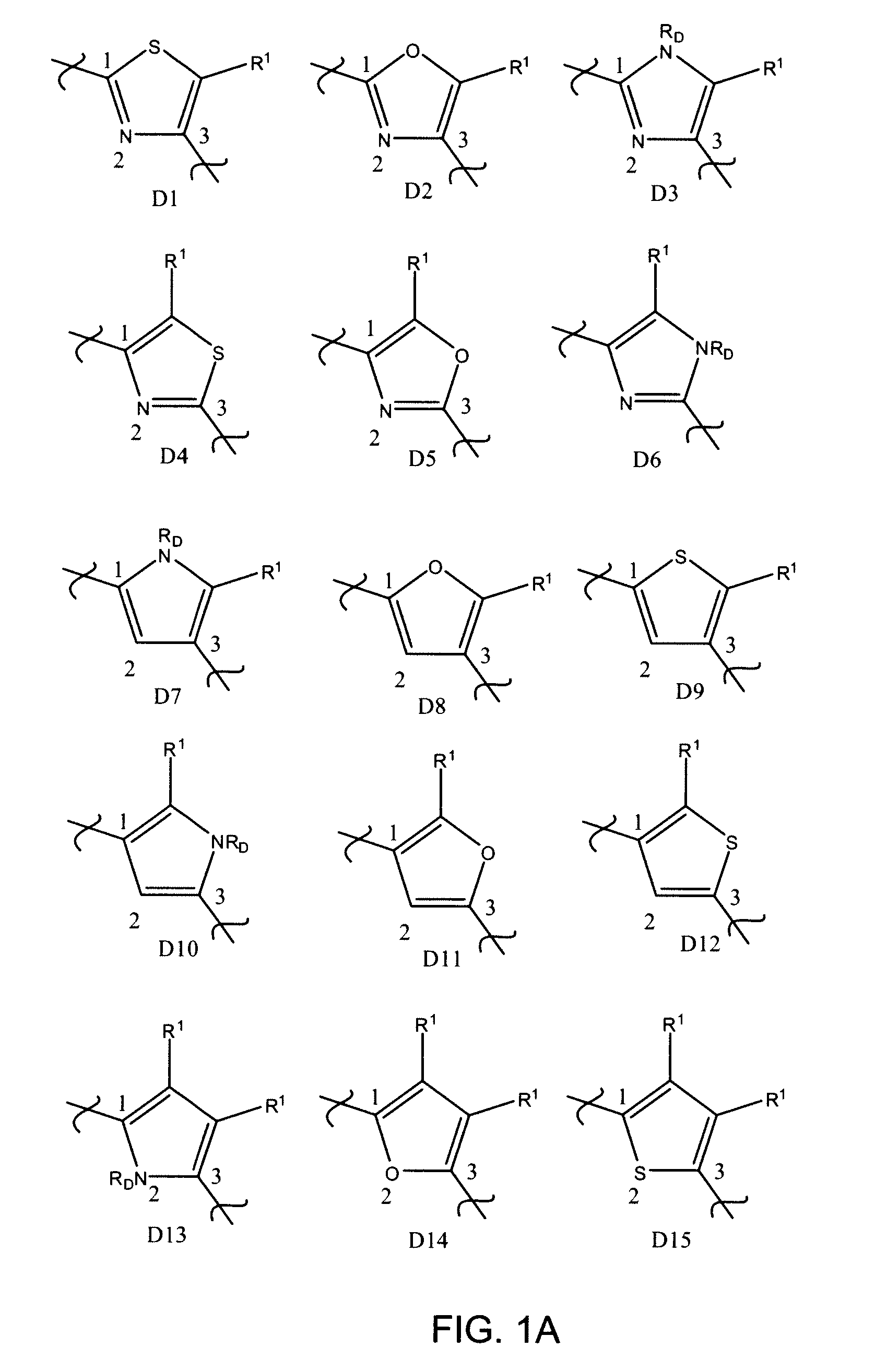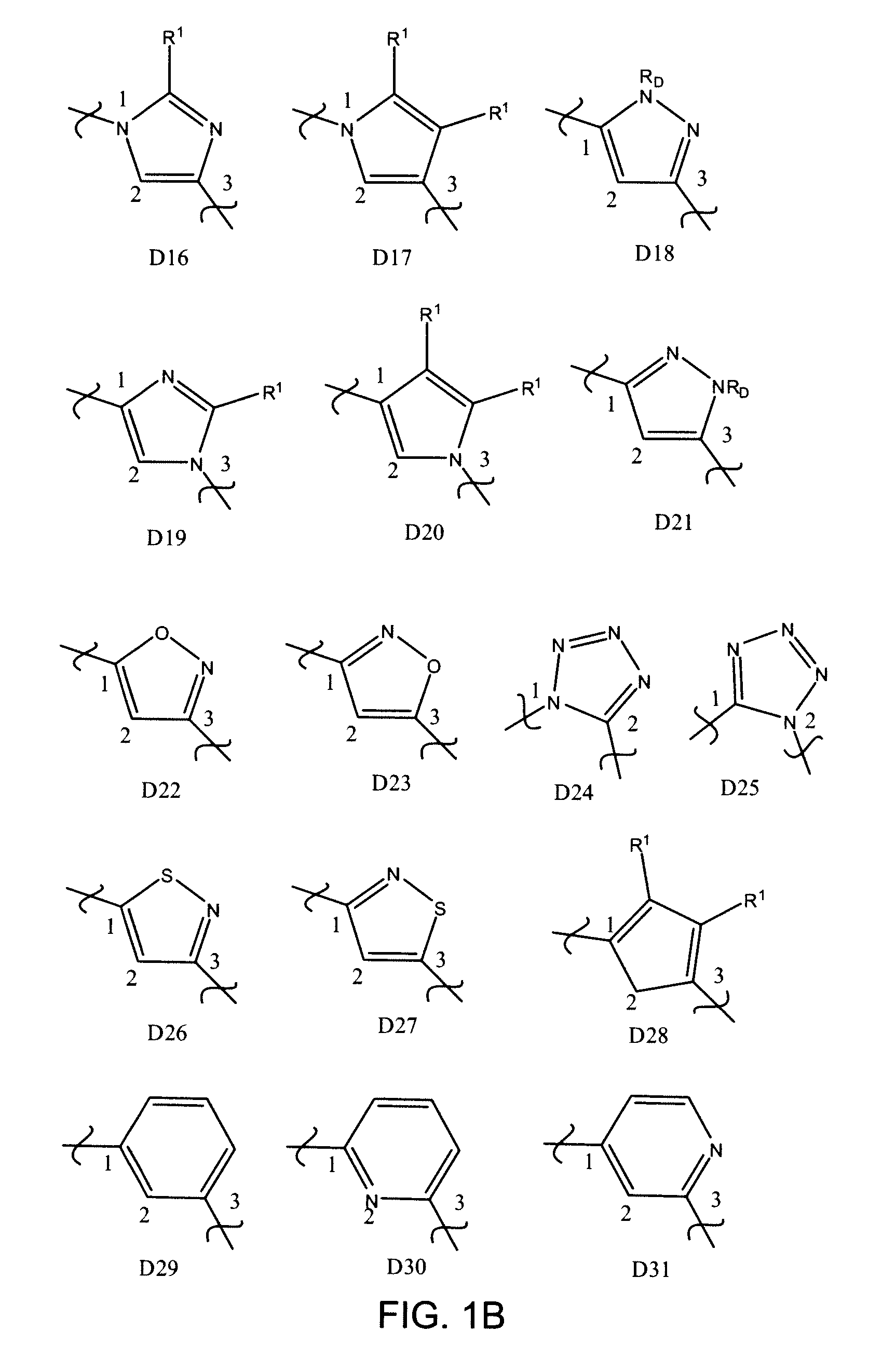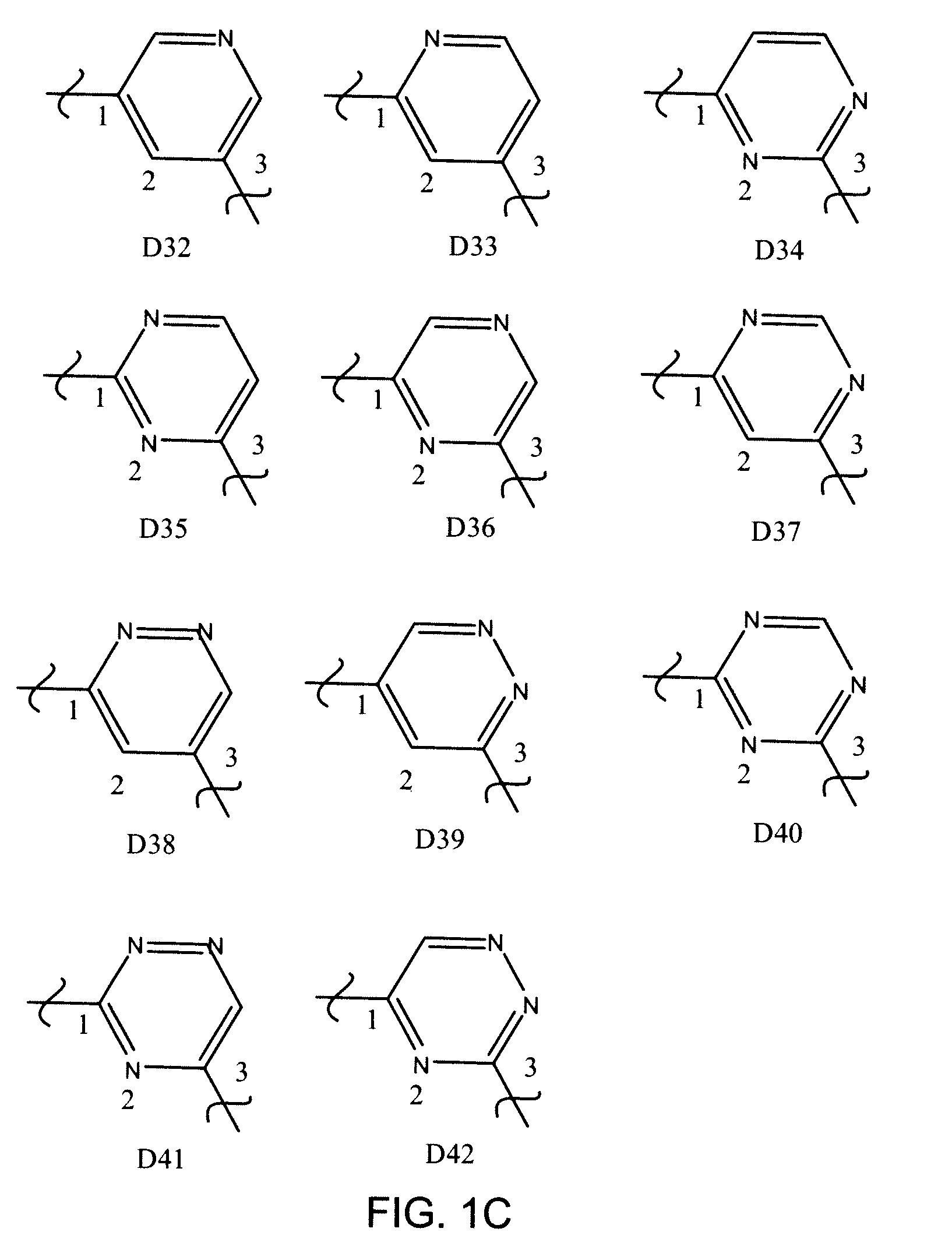Inhibitors of UDP-galactopyranose mutase thwart mycobacterial growth
a technology of udpgalactopyranose and mutase, which is applied in the direction of antibacterial agents, drug compositions, libraries, etc., can solve the problems of not yet affording compounds that block mycobacterial growth and address the utility of inhibiting ugm, so as to improve the effectiveness of art-known antibiotics
- Summary
- Abstract
- Description
- Claims
- Application Information
AI Technical Summary
Benefits of technology
Problems solved by technology
Method used
Image
Examples
example 1
Amino Thiozoles as UGM Inhibitors
[0196]Certain 5-arylidine-2-thioxo-4-thiazolidinone compounds were found to serve as ligands for UGM homologs. The thiazolidinone scaffold, however, reacts reversibly with biologically relevant thiols in solution and UGM inhibitors of this structural class fail to block mycobacterial growth (Carlson, E. E.; May, J. F.; Kiessling, L. L. Chem. Biol. 2006, 13, 825-837.) Given the reactivity of the thiazolidinones, an alternative scaffold that would display functionality important for UGM binding, yet be inert under physiological conditions was sought. Stable 2-aminothiazole derivatives were investigated because it was believed that such molecules would have a shape similar to that of thiazolidinones. In addition, compounds of this class can be assembled efficiently, as illustrated in the exemplary synthesis of Scheme 2 which includes four synthetic steps with minimal purification.
[0197]Specifically, the methyl ester of the racemic phenylalanine analog w...
example 2
Potent Ligands for UGM that Exploit an Enzyme Subsite
[0225]This example relates to highly potent ligands for UGM which are believed to access both the substrate binding pocket of UGM and an adjacent site on the enzyme. In previous work, we identified inhibitors of UGM using a high throughput screen based upon fluorescence polarization (Soltero-Higgin, M.; Carlson, E. E.; Phillips, J. H.; Kiessling, L. L. J. Am. Chem. Soc. 2004, 126, 10532-10533.). In designing the fluorescent probe employed in that work (compound 1A, above) a certain fluorophore was coupled to UDP through the diphosphate linkage. A hexanolamine linker was used to minimize any destabilizing effect from the fluorescein moiety. The probe was found to bind to UGM from Klebsiella pneumoniae (UGMkleb) with an affinity of 0.10 μM and to UGM from Mycobacterium tuberculosis (UGMmyco) with an affinity of 0.16 μM; thus, its affinity is approximately 100-fold better than that of UDP. The present work relates to the synthesis an...
PUM
| Property | Measurement | Unit |
|---|---|---|
| dissociation constant | aaaaa | aaaaa |
| dissociation constant | aaaaa | aaaaa |
| dissociation constant | aaaaa | aaaaa |
Abstract
Description
Claims
Application Information
 Login to View More
Login to View More - R&D
- Intellectual Property
- Life Sciences
- Materials
- Tech Scout
- Unparalleled Data Quality
- Higher Quality Content
- 60% Fewer Hallucinations
Browse by: Latest US Patents, China's latest patents, Technical Efficacy Thesaurus, Application Domain, Technology Topic, Popular Technical Reports.
© 2025 PatSnap. All rights reserved.Legal|Privacy policy|Modern Slavery Act Transparency Statement|Sitemap|About US| Contact US: help@patsnap.com



